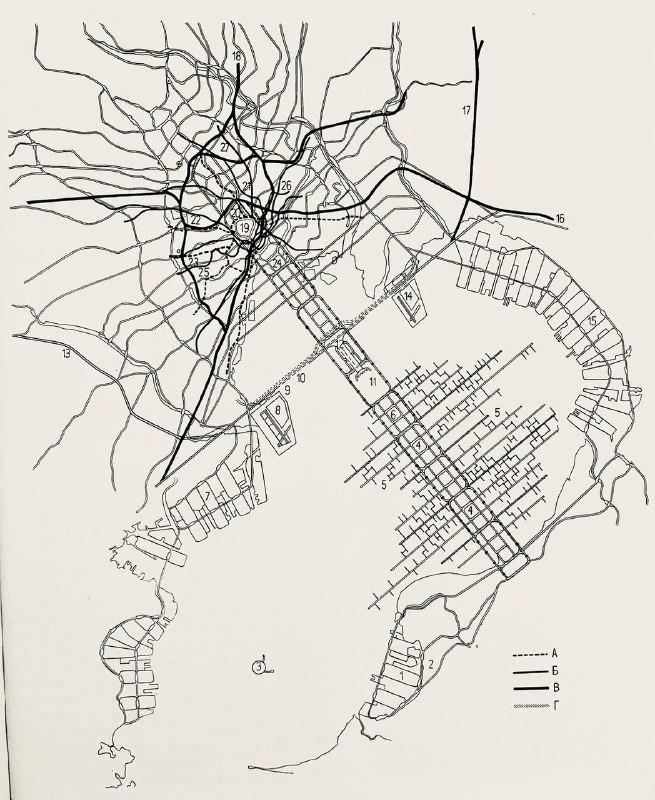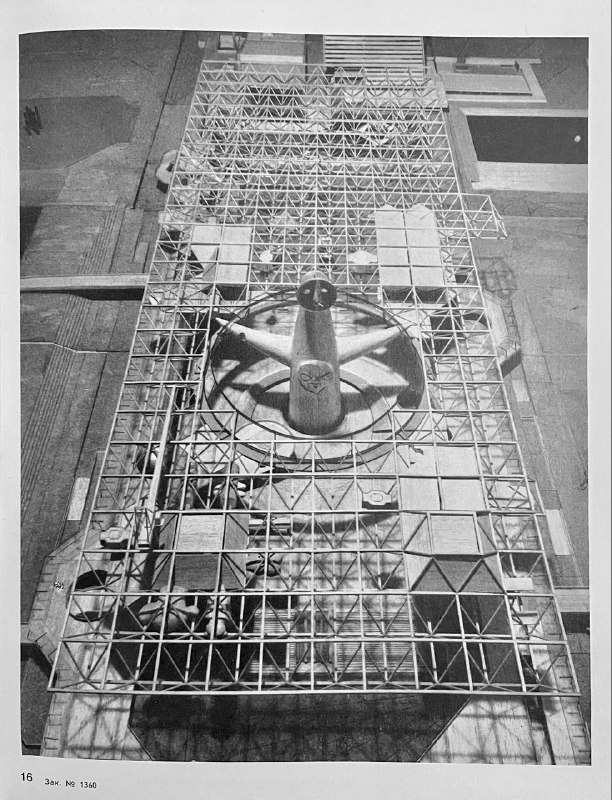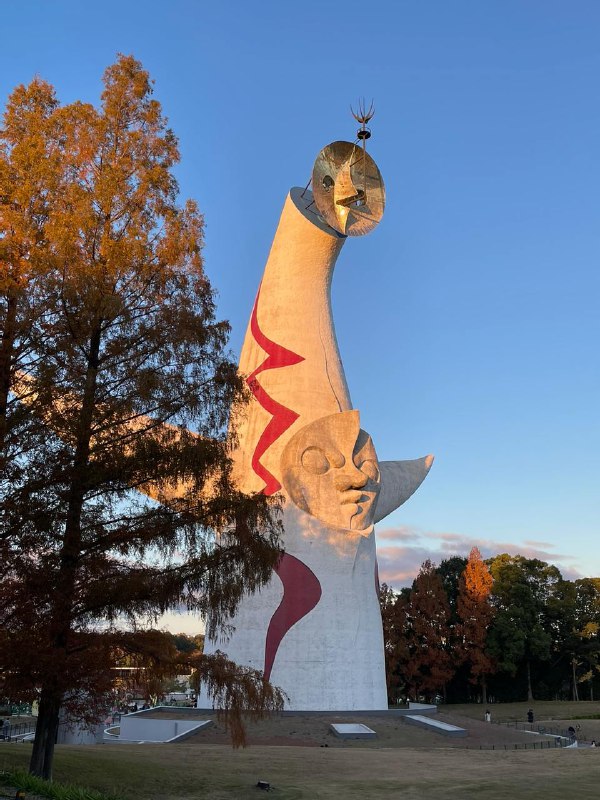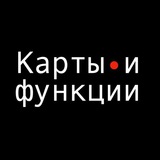Моноцентрический город. Ч. 1
"Учреждения, собранные в Токио, ищут более тесных взаимных связей, отсюда их тяготение к центру города. Такой общественный центр, однажды сформировавшись, постоянно растет. В то же время люди, осуществяющие функции этих учреждений, в поисках более дешевых участков земли для строительства устремляются в пригороды. Город в результате принимает радиально-кольцевую форму. Начиная со средних веков, это структура, типичная для всякого свободного разивающегося города."
Это цитата из работы японского архитектора Кензо Танге "План Токио - 1960". Как и многие архитекторы-модернисты, Танге считал радиально-кольцевую структуру городов злом - рудиментом средневекового развития, причиной переуплотнения центра и автомобильных пробок. В своей работе он предложил фантастический проект преобразования японской столицы в линейный город, устремленный в Токийский залив.
"Учреждения, собранные в Токио, ищут более тесных взаимных связей, отсюда их тяготение к центру города. Такой общественный центр, однажды сформировавшись, постоянно растет. В то же время люди, осуществяющие функции этих учреждений, в поисках более дешевых участков земли для строительства устремляются в пригороды. Город в результате принимает радиально-кольцевую форму. Начиная со средних веков, это структура, типичная для всякого свободного разивающегося города."
Это цитата из работы японского архитектора Кензо Танге "План Токио - 1960". Как и многие архитекторы-модернисты, Танге считал радиально-кольцевую структуру городов злом - рудиментом средневекового развития, причиной переуплотнения центра и автомобильных пробок. В своей работе он предложил фантастический проект преобразования японской столицы в линейный город, устремленный в Токийский залив.
group-telegram.com/mapsandfunctions/75
Create:
Last Update:
Last Update:
Моноцентрический город. Ч. 1
"Учреждения, собранные в Токио, ищут более тесных взаимных связей, отсюда их тяготение к центру города. Такой общественный центр, однажды сформировавшись, постоянно растет. В то же время люди, осуществяющие функции этих учреждений, в поисках более дешевых участков земли для строительства устремляются в пригороды. Город в результате принимает радиально-кольцевую форму. Начиная со средних веков, это структура, типичная для всякого свободного разивающегося города."
Это цитата из работы японского архитектора Кензо Танге "План Токио - 1960". Как и многие архитекторы-модернисты, Танге считал радиально-кольцевую структуру городов злом - рудиментом средневекового развития, причиной переуплотнения центра и автомобильных пробок. В своей работе он предложил фантастический проект преобразования японской столицы в линейный город, устремленный в Токийский залив.
"Учреждения, собранные в Токио, ищут более тесных взаимных связей, отсюда их тяготение к центру города. Такой общественный центр, однажды сформировавшись, постоянно растет. В то же время люди, осуществяющие функции этих учреждений, в поисках более дешевых участков земли для строительства устремляются в пригороды. Город в результате принимает радиально-кольцевую форму. Начиная со средних веков, это структура, типичная для всякого свободного разивающегося города."
Это цитата из работы японского архитектора Кензо Танге "План Токио - 1960". Как и многие архитекторы-модернисты, Танге считал радиально-кольцевую структуру городов злом - рудиментом средневекового развития, причиной переуплотнения центра и автомобильных пробок. В своей работе он предложил фантастический проект преобразования японской столицы в линейный город, устремленный в Токийский залив.
BY Карты и функции




Share with your friend now:
group-telegram.com/mapsandfunctions/75
